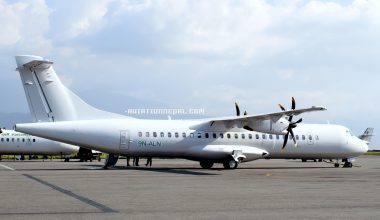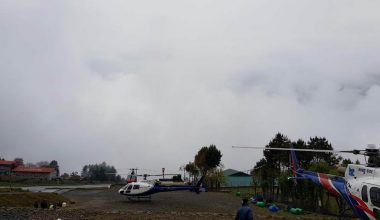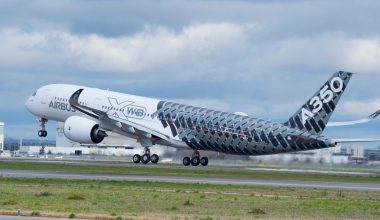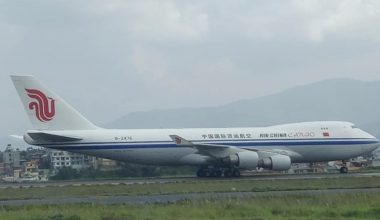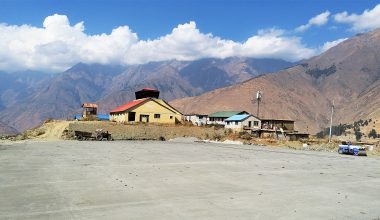Challenges of flight operation in Nepal
May 17, 2017
Aviation has become the safest form of travel these days however; it is always a matter of challenge for Nepal because it is a geographically complex country. If we replay the aviation history, we can explore lots of fatal air crashes in the past that had destructed huge amount of property and human life. The majority of the incidents were recorded due to the adverse geographical and climatic conditions of Nepal. There are lots of remote regions not accessible by air till now and those remote regions which are accessible have challenging airstrips, vibrant terrains and difficult approach and landing procedures making it vulnerable for air transport. Furthermore, the aviation industry here in Nepal lacks skilled manpower and modern technologies which are the factors highly responsible for underestimating aviation safety. The one and only international airport of Nepal is facing the problem of insufficient parking spaces, increasing air traffic, strong security measures, proper airport facilities and many more.
Aviation industry of Nepal is producing minimal amount of incidents these days. However, continuing to be safer and better in air operation is a massive challenge for every aviation authorities in Nepal. The main challenges of aircraft operation in Nepal are as follows.
Vibrant Terrains
Nepal being a small country features tremendous geographical diversity. Starting from 59 meters (194ft) at Terai, it rises up to 8,848 meters (29,029) at the top of Mount Everest. The physical feature of Nepal includes mountains, terrains, caves, wetlands, hills and plains. Hence, Nepal’s majestic mountains and vibrant terrains create a huge challenge to flight operations. Most of the CFIT (Controlled Flight into Terrain) accident occurred while operating in airfield located in high altitude terrains.
Unpredictable Weather Phenomenon
The diverse topography of Nepal results wide range of climates. The world’s most dangerous airport Lukla encounters quickly changing weather. On October 8, 2008 Yeti Air’s Twin Otter crashed on approach to Lukla airport due to adverse weather condition resulting 18 fatalities. Majority of flights in remote areas must fly VFR (Visual Flight Rules) so, they face the problem of adverse and constantly changing climate conditions.
High Altitude STOL operations
The remote and underdeveloped areas of Nepal are deprived of roadway facilities so, air transport is what the people rely on those areas. Mostly, the airports in these regions are ALTIPORTS (An altiport is an aerodrome for small airplanes and helicopters, situated on or within mountainous terrain.) that features high gradient and permits one way approach. There are more than 20 STOL (Short Takeoff and Landing) airfields in Nepal. Performing go around is prohibited in many such STOL airfields.
Increasing Air Traffic
Currently, the airspace of Kathmandu is encountering huge air traffic problem. The domestic airline operators are expanding their fleets and destinations day by day. Moreover, international flight is also gaining some pace. This problem in Kathmandu has been affecting flight operations of other domestic airports around the country namely Pokhara, Biratnagar, Nepalgunj and Bhairahawa. Passengers have to wait long to board their flight and the scheduled flights are compelled to stay in holding pattern for more than an hour to land.

